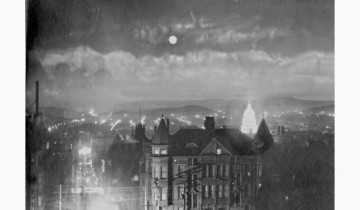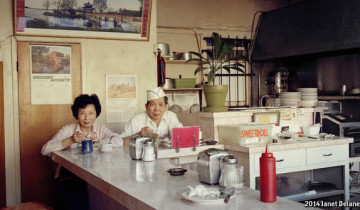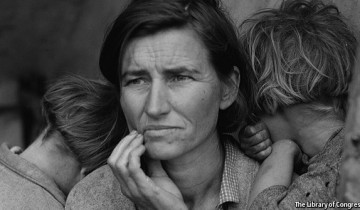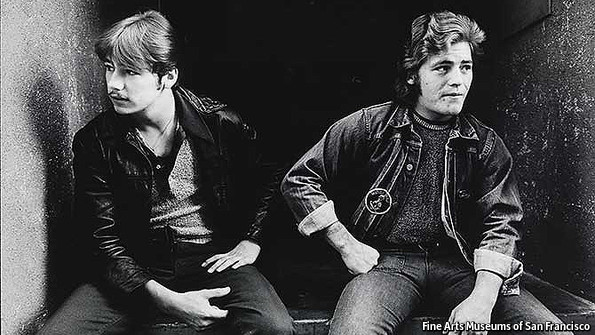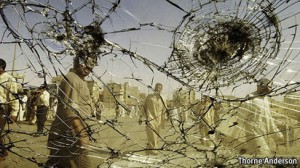 For the ECONOMIST: A STREAK of semi-dried blood runs across an Iraqi boy’s face. A father and his three sons guard their Kadhamiya neighbourhood from looters. Children in a Shiite religious learning centre re-enact scenes they witnessed during battle between American soldiers and the Mahdi army.
For the ECONOMIST: A STREAK of semi-dried blood runs across an Iraqi boy’s face. A father and his three sons guard their Kadhamiya neighbourhood from looters. Children in a Shiite religious learning centre re-enact scenes they witnessed during battle between American soldiers and the Mahdi army.
These and many other scenes of Iraqis were captured on camera by Kael Alford and Thorne Anderson during the American-led invasion of Iraq. Both American photographers travelled mostly on their own and un-embedded throughout 2003 and 2004. They often struggled to sell their images to newspapers, as editors had little interest in the kind of photos they were taking: intimate portraits of Iraqi civilian life during wartime. Their work is now on view until June at the De Young Museum in San Francisco.
“What I wanted was not to cover this war in its greatest drama, but at a very intimate, personal level,” Mr Anderson said during a recent private showing of the exhibition. “I realised very quickly that everything I had read about Iraq, by focusing only on Saddam [Hussein], had not illuminated the real situation.”
The exhibition, called “Eye Level in Iraq”, includes brief glimpses of humour, such as a mural dedicated to Arnold Schwarzenegger in Baghdad, and some calm signs of daily life, like a picture of men playing dominos in a park at sunset. But the bulk of the work on display offers a gritty look at how the invasion shook up, altered and sometimes ended the lives of people of all ages. The images include plenty of violence and nudity. The range of emotion is largely limited to fear, grief and sorrow.
The photographs offer a stark reminder of what actually happened on the ground level during the Iraqi invasion a decade ago. To see each image as a large print on a wall, rather than squeezed onto the page of a newspaper, makes the viewing experience particularly immersive and meaningful. The memory of these images lingers long after one leaves the museum.
To take these photos, Ms Alford and Mr Anderson spent a lot of time inside the homes of Iraqis, eating dinner, sharing stories and following them into hospitals as they dealt with casualties of missile attacks.
“I was trying to show what this was like for the Iraqi citizen,” Ms Alford says. “I shot lots of civilian casualties. I knew this would become just a footnote to the larger story. I knew I was onto something.”
Later I notice Ms Alford gaze for a few moments at one of her own images: a mother washes the body of her daughter, preparing her for burial after she was killed by a missile attack. The look on the photographer’s face tells its own story: she will not soon forget what she witnessed in Iraq.
“Eye Level in Iraq: Photographs by Kael Alford and Thorne Anderson” is at the De Young Museum in San Francisco until June 16th 2013. Above photo by Thorne Anderson
